Regimental self-propelled anti-aircraft missile system "Strela-10"
Despite the fact that at the same time, the Tunguska anti-aircraft gun and missile system was developed, the creation of a non-weathering simpler air defense system in the course of further development of the Strela-1 type complex was considered expedient from an economic point of view. It also took into account the tactical purpose of such an air defense missile system as an addition to the “Tunguska”, capable of ensuring the destruction of low-flying suddenly appearing targets in a complex radio electronic and air environment.
Along with the Strela-10SV anti-aircraft missile system, the work was not completed on the ship complex unified with it, as well as on the Strela-11 complex on the BMD-1 chassis for the airborne forces.
In accordance with the tactical and technical requirements of the Strela-10SV complex, it was necessary to ensure the destruction of targets flying at speeds up to 415 meters per second on a collision course (on the following courses - up to 310 m / s) at a height from 25 m to 3-3,5 km, at a distance from 0,8-1,2 to 5 km with the parameter to 3 km. The probability of hitting a single missile with a single target, which maneuvers with overloads of 3-5 units, should have been at least 0,5-0,6 with target designations from regiment air defense controls in the absence of traps and interference.
Targets were to be destroyed by the complex both autonomously (with visual detection of targets) and as part of a centralized management system. In the second variant, the reception of target indications resembled from the control point of the PU-12 (M) by voice channel.
Ammunition should have included 12 anti-aircraft guided missiles. The 9K35 complex must be transported by airplanes (Mi-6 and An-12B) and also be able to overcome water obstacles. The mass of the combat vehicle was limited to 12,5 thousand kg.
As with the development of the Strela-1 anti-aircraft missile system, the lead developer of the 9K35 complex as a whole, the 9М37 rocket, the anti-aircraft guided missile launch equipment and test-testing machine identified the KBTM (Exact Machinery Design Bureau) MEP (formerly OKT-16 GKO), which was previously assigned to the MCC (formerly OKT-589 GKTM GKTM) MOP (former OKT-XNUMX GKTM GKTM GKTM), a HKTG, and a ZKTM GKTM (SEC) E. - the main designer). The head organization for the development of the homing head and the contactless fuse of a guided missile was determined by the Geophysics Central Design Bureau MOP (TsKB-XNUMX GKOT, Khorol DM - Chief Designer).
In addition, the development of the complex involved NIIEP (Scientific Research Institute of Electronic Devices) MOP, LOMO (Leningrad Optical and Mechanical Association) MOP, HTZ (Kharkov Tractor Plant) MSC, Research Institute "Poisk" MOP and Saratov Aggregate Plant MOP.
By the beginning of 1973, the Strela-10SV anti-aircraft missile system of the BMN (combat vehicle) 9А35, equipped with a passive radio direction finder, the 9А34 combat vehicle (not having a passive radio direction finder), an anti-aircraft 9X37 anti-aircraft missile, which was used by a 10NXX combat vehicle (without a passive radio direction finder), an anti-aircraft 1973X1974 combat system, and an assault-based anti-aircraft missile XNUMXXXNUMX. . The Strela-XNUMXSV SAM system was tested at the Donguz test site (head of the Dmitriev OK test site) from January XNUMX to May XNUMX.
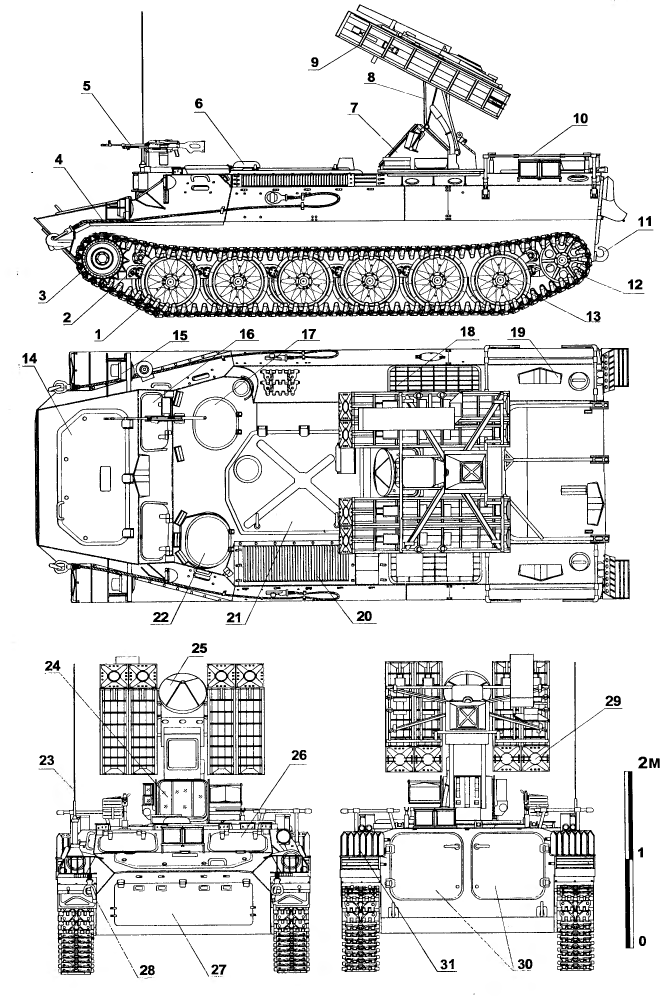
The developers of the anti-aircraft missile system after the end of the test, representatives of 3 NII MO and GRAU MO supported the adoption of the air defense system. But the chairman of the test commission for L. Podkopaev, representatives of the Office of the Chief of the Air Defense Forces of the Ground Forces and the test site were against it, since the Strela-10SV complex did not fully meet the requirements for the probability level of hitting targets, BM reliability indicators, fire afloat. The layout of the BM did not provide the convenience of the calculation. The Commission was recommended to adopt the complex after the elimination of these shortcomings. In this regard, the 9K35 air defense missile system was adopted by the Resolution of the Central Committee of the CPSU and the USSR Council of Ministers on 16.03.1976 after modifications.
Organizationally, the 9K35 anti-aircraft missile systems united in the Strela-10SV platoon of the missile-artillery battery (Tunguska platoon and Strela-10В platoon) of the anti-aircraft division of the tank (motorized) regiment. The platoon consisted of one 9А35 combat vehicle and three 9А34 vehicles. The control station PU-12 (M) was used as a battery KP, which was later to replace the unified battery KP "Ranzhir".
The centralized control of the Strela-10SV air defense system, which is part of the battery and the regiment's battalion, was to be implemented in the same way as the Tunguska air defense missile system - by transmitting target indications and commands from the regiment's command post and the battery commander station by means of radiotelephone (up to equipment complexes with data transmission equipment) and radio telecode (after equipment).
The 9K35 ADMS, unlike the Strela-1M, was not located on a wheeled BRDM-2, but on an MT-LB multi-purpose tracked tractor, whose carrying capacity made it possible to increase the mobile ammunition load of up to eight anti-aircraft missiles in transport-launch containers (NN) NNX (NNX) to an anti-aircraft missile (NN) (ZNT) in the body of the self-propelled and 4 - on the guides of the starter). At the same time, long-term testing of BM instrumentation equipment was needed, which was influenced by the vibrations of the tracked chassis, which were not characteristic of wheeled vehicles used previously.
In the Strela-10SV complex, not the muscular strength of the operator was used as in the Strela-1М system, but the electric actuator.
The composition of the 9M37 SAMs "Strela-10SV" air defense missile system was composed of a two-color GOS. In addition to the photocontrast channel used in the Strela-1M complex, an infrared (heat) channel was used, which increased the combat capabilities of the complex when shooting towards and in pursuit of a target, as well as with strong interference. The photo-channel could be used as a backup, because, unlike the thermal one, it did not need cooling, which could only be provided with a single pre-launch preparation of the guided missiles.
To limit the speed of cranking missiles on the rocket on the rocket used separately standing rolleron located behind the wings.
While maintaining the wing span and diameter of the body of a guided missile of the Strela-1 complex, the length of the 9М37 rocket was increased to 2,19 m.
To improve the effectiveness of combat equipment while maintaining the same weight (3 kilogram) of high-explosive fragmentation warhead in the warhead of the 9М37 guided missile, cutting (pivotal) strike elements were used.
Introduction to the Strela-10SV air defense system of the launch zone assessment equipment (index 9С86), which automatically generated data for testing the required lead angles, made it possible to launch missiles in a timely manner. The 9C86 was based on a millimeter coherent-pulse radio range finder, which provided determination of the distance to targets (within 430-10300 meters, maximum error - up to 100 meters) and radial velocity of the target (maximum error - 30 meters per second), as well as countable-decisive analogue -discrete device that determines the boundaries of the launch zone (maximum error from 300 to 600 meters) and anticipation angles at launch (average error 0,1-0,2 degrees).
The Strela-10SV air defense system now has the opportunity to fire at faster targets than the Strela-1М complex; the boundaries of the affected area expanded. If Strela-1М was not protected from natural and organized optical interference, then Strela-10CB complex was completely protected from natural interference and, to a certain extent, from single optical intentional interference, while operating using the heat channel of the homing head. - traps. At the same time in the anti-aircraft complex "Strela-10SV" there remained many limitations of effective fire using thermal and photocontrast channels of the homing head of the guided missile.
According to a joint decision of the Ministry of Defense and the Main Armed Forces and the tactical and technical tasks agreed between them, the developers of the Strela-10SV complex in 1977 carried out its modernization by improving the homing head of the missile and the missile launch equipment BM 9А34 and 9А35. The complex was given the name "Strela-10M" (ind. 9K35M).
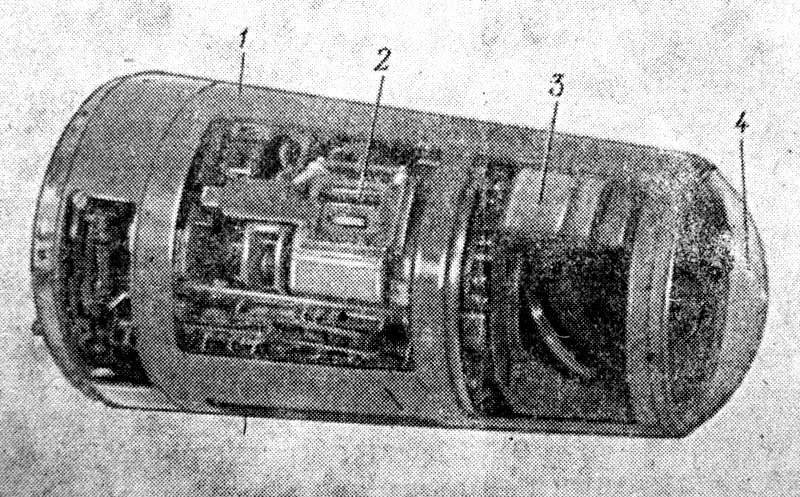
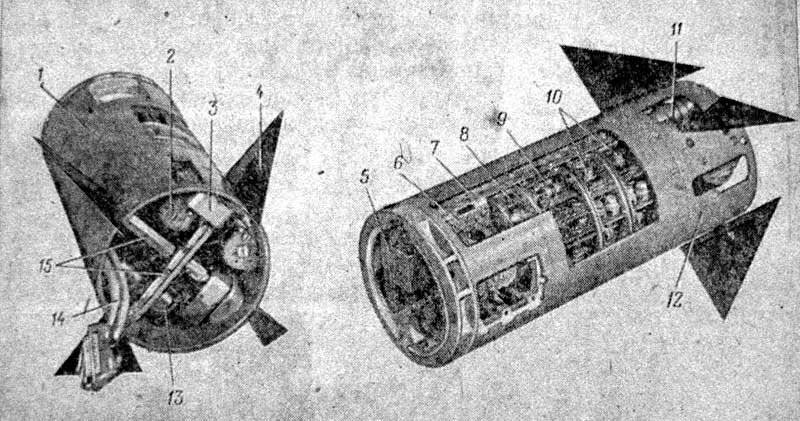
The homing head of the 9М37М rocket divided the target and organized optical disturbances according to trajectory characteristics, which reduced the efficiency of thermal noise-traps.
For the rest of the characteristics, the 9-35-M-VS remained the same as the Strela-10CB, except for a slight increase (by 3 s) in the working time when fire is fired under interference conditions.
The tests of the 9K35М anti-aircraft complex were conducted in January-May, 1978, at the Donguz testing ground (head of the Kuleshov range, I.) under the supervision of a commission led by N. Yu. Yuryev. The “Strela-10M” air defense missile system was adopted in 1979.
In 1979-1980, on behalf of the military-industrial complex from 31.06.1978, the Strela-10М complex was further upgraded.
In the course of the modernization, the 9B179-1 equipment was developed and introduced into the BM complex of automated target designation from the PU-12M battery CP or KPU-1 (Ovod-M-SV) chief of the air defense chief and the radar detection stations equipped with ASPD equipment -U as well as target designation equipment, providing automated guidance to the starting device. The set of combat vehicles ZRK introduced floats of polyurethane foam, reclining from the sides of the machine, designed to overcome water obstacles with a machine gun and a full load of guided missiles, as well as an additional radio station P-123M providing reception of telecode information.
The ground tests of the prototype of the air defense missile system, named Strela-10М2 (ind. 9К35М2), were conducted at the Donguz testing ground (head of the Kuleshov range, I.I.) under the leadership of the commission headed by Timofeev Ye.S.
As a result of the tests, it was established that in a given affected area, when using automated reception and testing of target indications (when self-guided missiles are guided without interference through a photocontrast channel), the anti-aircraft missile system ensures the effectiveness of fire by one missile at fighters on a head-on course, 0,3 at a distance of 3,5, thousand meters and 0,6 in the range from 1,5 thousand m to the near zone boundary. This exceeded the effectiveness of the “Strela-10M” air defense missile system at the same ranges on the 0,1-0,2. This was achieved by increasing the target detection range to 8,4 km, reducing the working time when targeting to 6,5 s, increasing the frequency of non-passing a target to 1, shortening the time to bring instructions to the operator and practicing targeting.
LAW "Strela-10М2" adopted in 1981 year.
On the initiative of 3, the research institute and the Ministry of Defense GRAU, as well as the decision of the military industrial complex No. 111 from 01.04.1983 that followed it, in the period from 1983 to 1986, the Strela-10М2 missile system was upgraded under the code "Kitobo". Modernization was carried out by the cooperation of enterprises that developed the Strela-10 complex and other modifications.
Compared with the Strela-10М2 complex, the upgraded air defense system should have an increased damage zone, as well as a higher noise immunity and efficiency in conditions of organized intense optical interference, provide fire for all types of low-flying airborne targets (helicopters, airplanes, remotely manned vehicles cruise missiles).
Joint tests of the prototype prototype of the Kitoboi anti-aircraft missile system were carried out in February-December of 1986, mainly at the Donguz test site (head of the Tkachenko M.I. test site). The commission was headed by Melnikov A.S. Part of the experienced shooting conducted at the Emby range.
After the revision of the guided missile 9МЗЗЗ, the missile complex in 1989 was adopted by the SA called Strela-10М3 (ind. 9К35М3).
BM 9A34M3 and 9A35M3 included in the zenith complex equipped with new optical sighting device with two channels with magnification or variable field of view: widefield channel - with the field of view 35 degrees and increase h1,8 and uzkopolny channel - with the field of view 15 degrees and increase h3,75 (provides increased on 20-30% detection range of small targets), as well as advanced launching equipment for guided missiles, which allowed for a reliable target homing target.
The new 9М333 guided missile, compared to the 9М37М, had a modified container and engine, as well as a new homing head with three receivers in different spectral ranges: infrared (thermal), photocontrast and interfering with a logical selection of a target against the background of optical interference according to trajectory and spectral features , which significantly increased the noise immunity of the air defense system.
The new autopilot provided a more stable operation of the homing head and the control circuit of the controlled rocket as a whole in different rocket launch and flight modes, depending on the background (jamming) environment.
New non-contact guided missile fuses were made on the basis of 4 pulsed laser emitters, an optical circuit that formed an eight-beam radiation pattern, and a receiver of signals reflected from the target. The number of rays doubled compared with the 9М37 rocket increased the effectiveness of hitting small targets.
The warhead of the 9М333 rocket had an increased weight (5 kilograms instead of 3 in the 9М37 rocket) and was equipped with core striking elements of greater length and larger section. Due to the increase in the bursting charge, the fragmentation velocity was increased.
The contact fuse consisted of a safety-detonating device, a self-destruct mechanism triggering device, a contact sensor for the target, and a transfer charge.
In general, the 9М333 rocket was significantly more advanced than the 9М37 SAM, but did not meet the requirements for defeating small targets on intersecting courses and operating at significant temperatures (up to 50 ° С), which required further development after the joint tests were completed. The length of the rocket increased to 2,23 meters.
The 9М333, 9М37М rockets could be used in all versions of the Strela-10 ADMS.
Complex 9K35M3 with optical visibility ensured the defeat of helicopters, tactical aircraft aviationas well as UAVs (remotely piloted aircraft) and KR in conditions of natural interference, as well as aircraft and helicopters in the conditions of using organized optical interference.
The complex provided no less than the 9K35М2 missile complex, the probability and the area at 25-3500 altitudes of meters of airplanes flying at speeds up to 415 m / s on opposite courses (310 m / s - pursuant), as well as helicopters with speeds up to 100 m / s RPVs with speeds of 20-300 m / s and cruise missiles at speeds up to 250 m / s were hit at altitudes of 10-2500 m (in the photocontrast channel - more than 25 m).
The likelihood and range of defeating targets of the F-15 type flying at speeds up to 300 m / s, when facing fire with course parameters at altitudes up to 1 km, when shooting optical interference upwards with a speed of 2,5 seconds decreased to 65 percent in a photocontrast channel and to 30% - 50% in the heat channel (instead of the allowable reduction by 25% according to the technical task). In the rest of the affected area and when shooting interference down, the reduction in the probabilities and range of the damage did not exceed 25 percent.
In the 9K35МЗ SAM system, it became possible to ensure reliable target capture of the 9М333 rocket with optical interference before launch.
The complex was operated using the 9B915 maintenance machine, the 9B839M control and testing machine and the 9 and X111 external electrical power supply system.
The most distinguished creators of the Strela-10SV air defense system (Nudelman AE, Moreino MA, Konyukhova ED, Terentyeva GS, and others) were awarded the USSR State Prize.
The mass production of BM of all modifications of the Strela-10SV air defense system was organized at the Saratov aggregate plant, and of missiles at the Kovrovsky mechanical plant.
The Strela-10SV anti-aircraft missile systems were delivered to some foreign countries and used in Middle Eastern and African military conflicts. The air defense system has fully justified its mission both in exercises and in combat operations.
The main characteristics of anti-aircraft missile systems of the type "Strela-10":
Наименование "Стрела-10СВ"/"Стрела-10М"/"Стрела-10М2"/"Стрела-10М3";
Affected area:
- by distance from km 0,8 to km 5;
- by altitude from 0,025 km to 3,5 km / from 0,025 km to 3,5 km / from 0,025 km to 3,5 km / from 0,01 km to 3,5 km;
- by parameter to 3 km;
The probability of hitting a fighter with one guided missile 0,1..0,5 / 0,1..0,5 / 0,3..0,6 / 0,3..0,6;
The maximum speed of the targeted target (towards / in pursuit) 415 / 310 m / s;
Reaction time 6,5 with / 8,5 with / 6,5 with / 7 with;
The flight speed of an anti-aircraft missile 517 m / s;
40 kg / 40 kg / 40 kg / 42 kg rocket mass;
The mass of the warhead 3 kg / 3 kg / 3 kg / 5 kg;
The number of guided missiles on the 8 combat vehicle
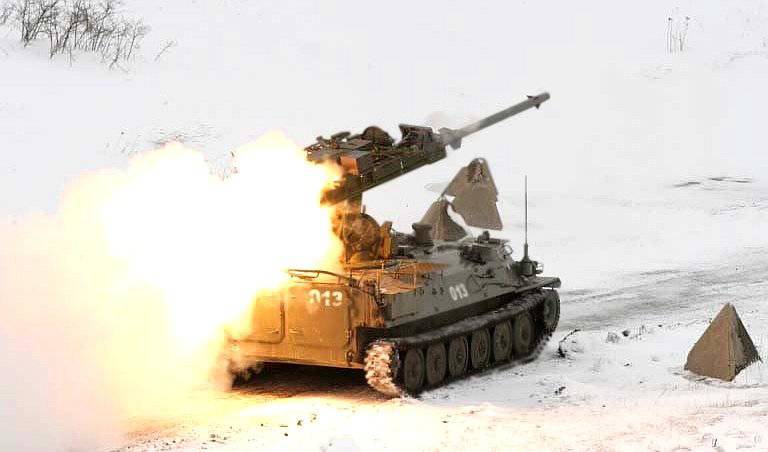
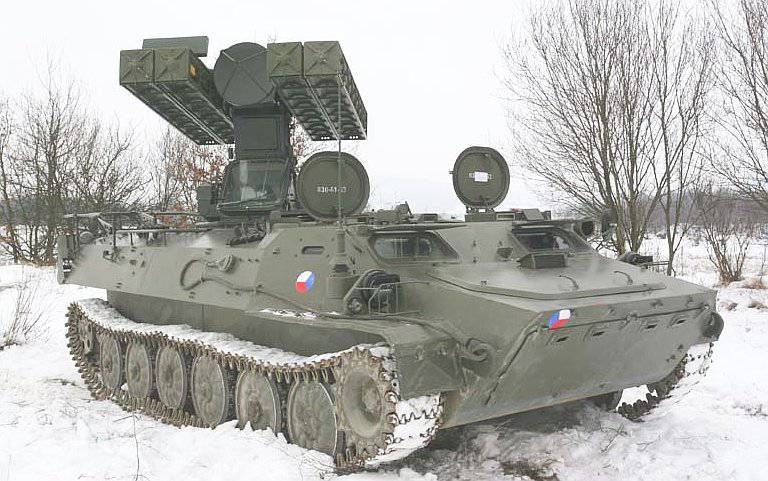
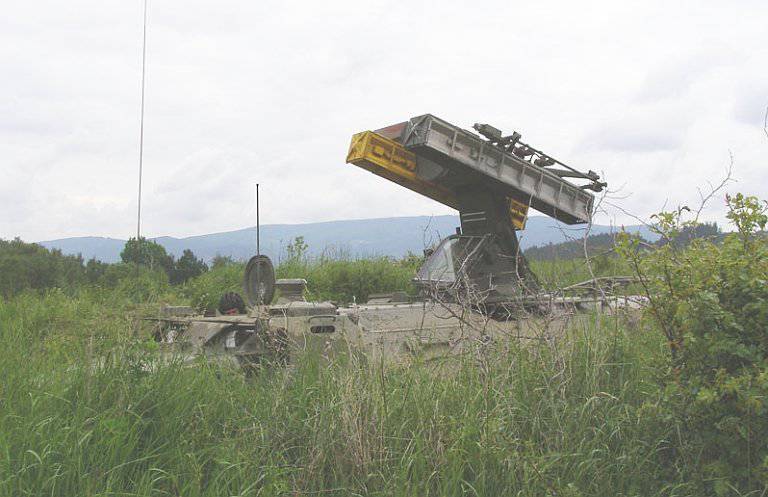
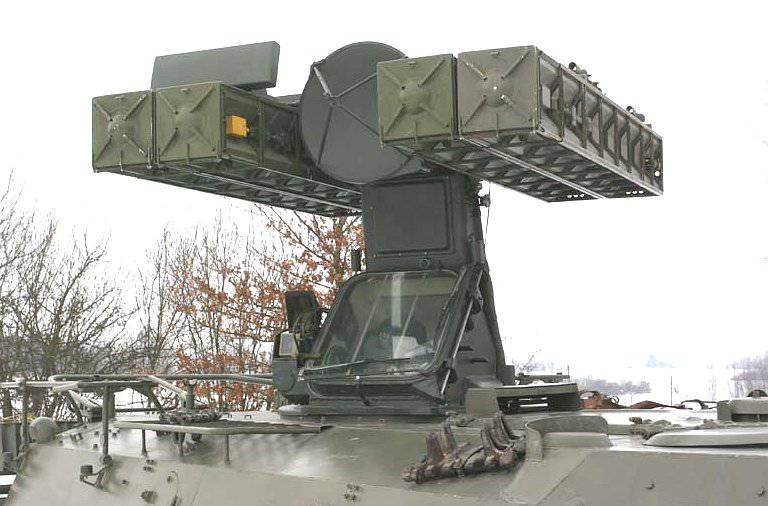
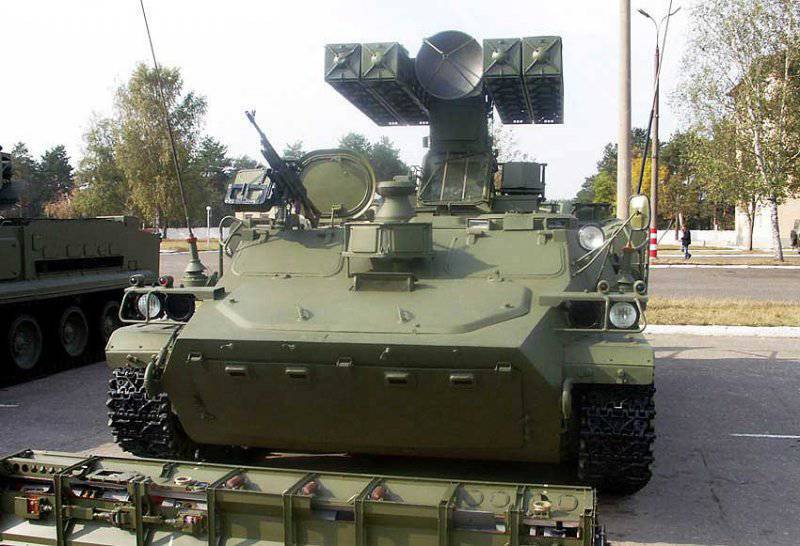
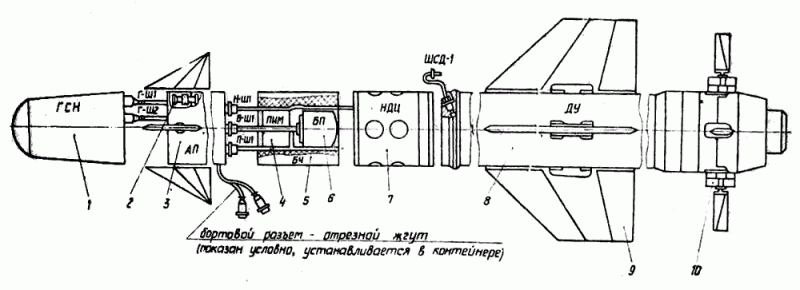
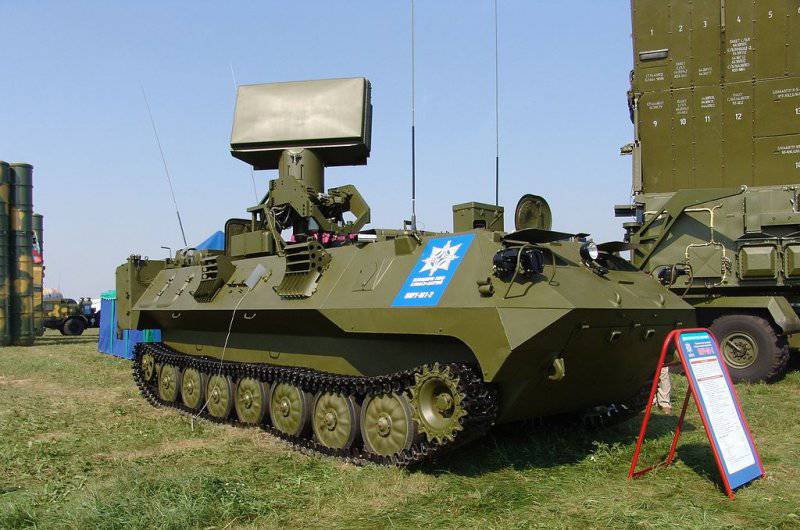
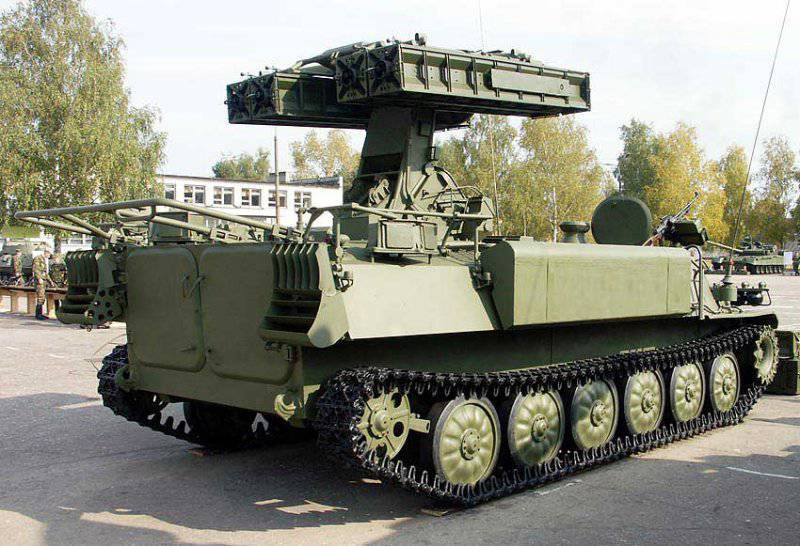
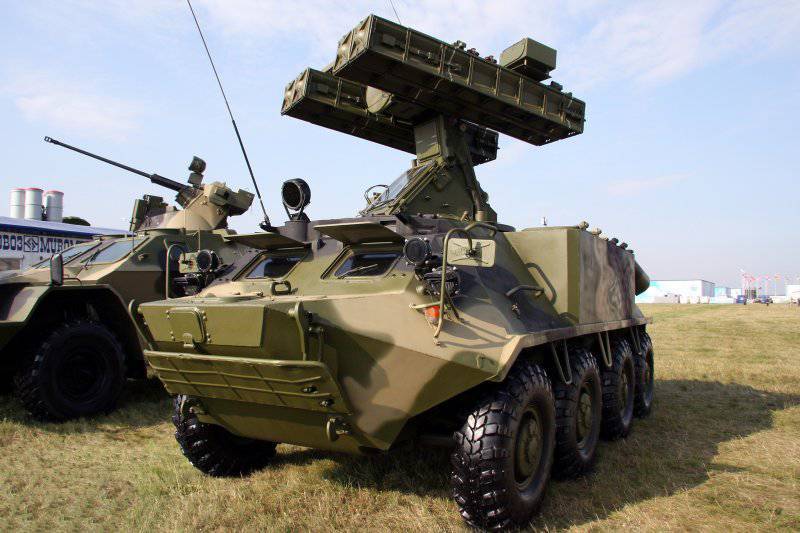
Information